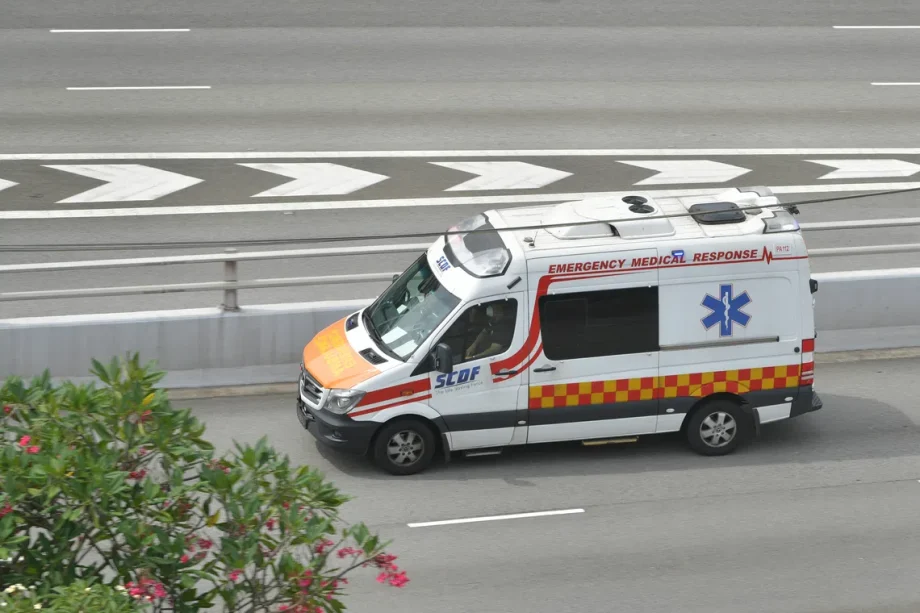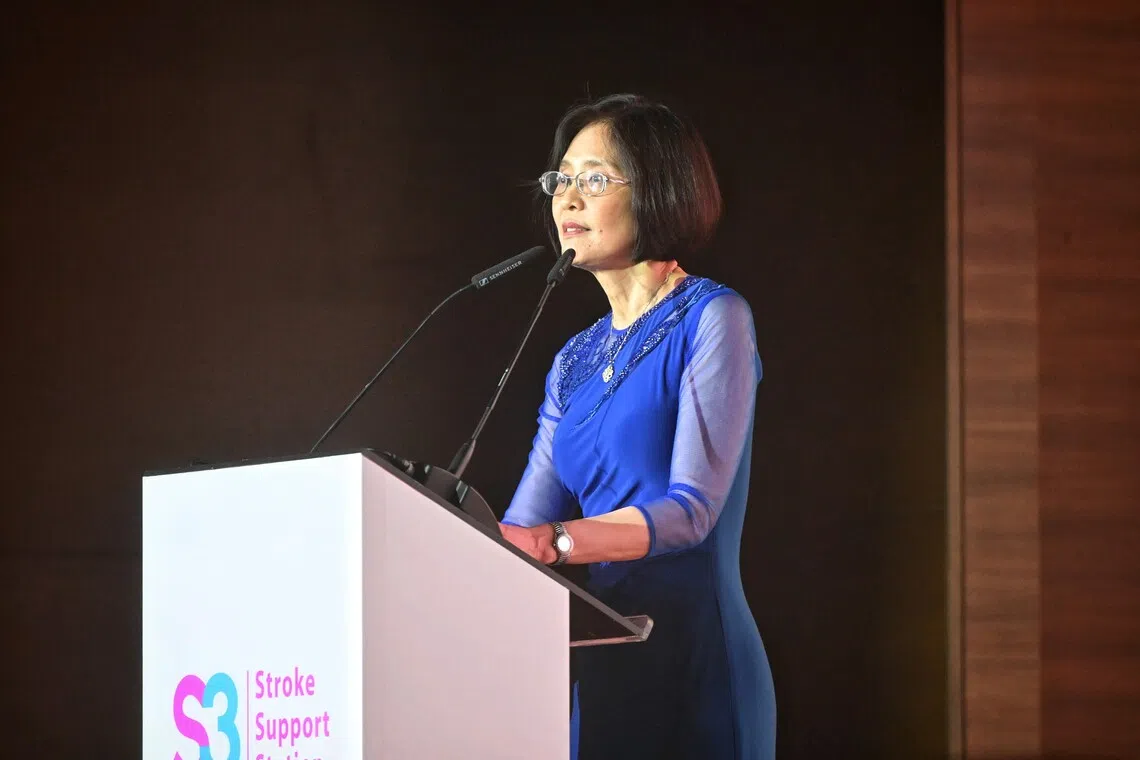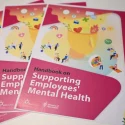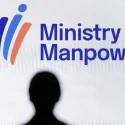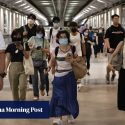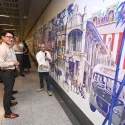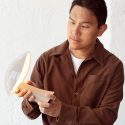SINGAPORE – Not everyone knows to call for an ambulance when they come across someone experiencing a stroke.
In fact, only two in five people in Singapore knew this correct emergency response, a study commissioned by community-based agency Stroke Support Station (S3) has found.
This is despite more than four in five of the general population having a high understanding of what the stroke symptoms are, and seven in 10 being able to identify the biggest risks associated with the disease.
Stroke occurs when blood flow to a part of the brain is disrupted, either by a blockage (ischaemic stroke) or a ruptured blood vessel (haemorrhagic stroke), leading to brain cell death.
It is the fourth leading cause of disability in Singapore, and according to the latest data from the National Registry of Diseases Office (NRDO) in 2022, the total number of stroke cases reported increased by 64 per cent between 2010 and 2022.
It rose from almost 6,000 cases in 2010 to about 10,000 cases in 2022, and stroke accounted for 3.3 per cent of Singapore’s total burden of ill health and premature death in 2021, and 6 per cent of all deaths in 2022.
A study of nearly 900 participants served as an independent needs analysis carried out by Verian Group, a global agency specialising in research, evaluation, evidence and communications. Conducted in early 2025, it aimed to gain insights into public and corporate perceptions about stroke, and identify areas where gaps were.
It covered areas such as public awareness and information behaviour.
It found that seven in 10 of the public could identify three major stroke risks – high cholesterol, high blood pressure and diabetes – while almost nine in 10 understood at least three symptoms of the disease, namely weakness, numbness and slurred speech.
Yet, less than half knew to call for an ambulance if they come across someone suffering from stroke.
About 18 per cent would choose to “tell someone” and 15 per cent said they would “contact my family doctor”.
When it came to getting general health information, the majority, 66 per cent, relied on healthcare professionals, 56 per cent on government websites, while 51 per cent would turn to the internet.
There were also notable differences in information sources among different communities.
Malays showed a higher reliance on social media and family and friends than other ethnicities, while the Chinese community relied heavily on internet searches.

